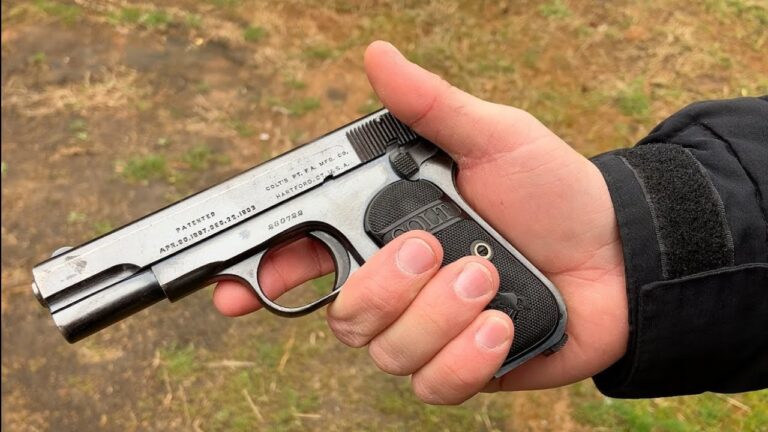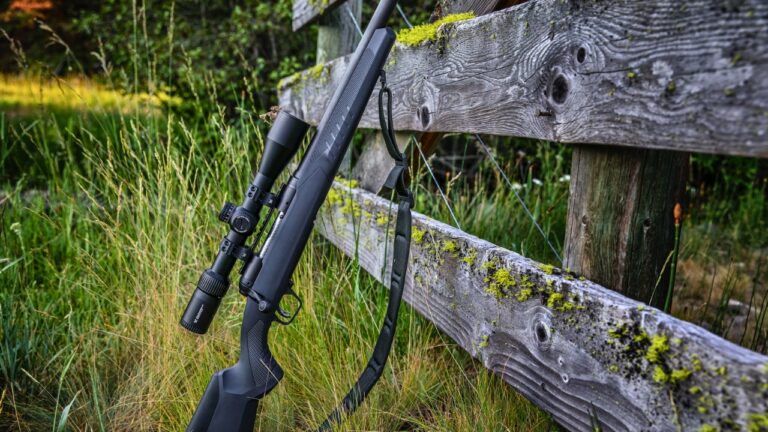Some cartridges don’t belong in half the rifles they’re shoved into. They might be fast or flashy on paper, but all they really do is chew barrels, rattle actions loose, or leave folks wondering why their gun won’t group anymore. And it’s not always the rifle’s fault. A lot of these rounds are overbore, overhyped, or overpressured—and they punish the gun more than they reward the shooter. You end up with scorched throats, wandering zeros, or rifles that plain give up after a few hundred rounds. If you’ve ever had a rifle shoot worse the more you used it, odds are one of these cartridges was behind it.
.220 Swift

The .220 Swift was lightning-fast when it launched, but speed came at a cost. It burns out barrels quicker than just about anything else in the varmint world. If your rifle isn’t built with a heavy contour and premium steel, it’ll lose accuracy faster than you think.
Most factory barrels aren’t up to the abuse this cartridge dishes out. That ultra-high velocity looks good on paper, but when your groups start walking after 200 rounds, you’ll see why it’s fallen out of favor. Unless you’re handloading carefully and cleaning obsessively, it’ll wear your rifle thin.
7mm Remington Ultra Magnum

The 7mm RUM is a barrel burner, plain and simple. It throws heavy bullets at blistering speeds, but it does so with enough powder to erode the throat in under 500 rounds. Many rifles chambered in it simply don’t last long under regular use.
The problem isn’t power—it’s longevity. Unless you’re a long-range junkie with money to spend on rebarreling, this cartridge will leave your rifle with accuracy issues before the season’s over. Most shooters are better off sticking to more balanced 7mm options.
.264 Winchester Magnum

The .264 Win Mag was meant to be a flat-shooting alternative to .30 cals, but it came with a major downside—barrel life. It torches the throat fast, especially in standard hunting barrels that don’t have the mass to soak up all that heat.
Hunters who bought into the hype often found themselves with rifles that grouped great for the first season or two, then started throwing flyers. It’s a cartridge that asks a lot from the gun and gives little room for error. Unless you’re running a match-grade setup, it’ll chew through your barrel.
.30-378 Weatherby Magnum

This cartridge is a powerhouse, but it’s also brutal on rifles. The .30-378 kicks hard, burns hot, and requires a long, heavy barrel to even begin to stabilize properly. When paired with hunting-weight rifles, it tends to wear things out fast.
You’ll find plenty of rifles chambered for it, but most of them don’t see many rounds. Not because they’re bad rifles—because shooters get tired of the abuse and the expense. Unless you’re chasing sheep at 800 yards, there are better ways to stretch your range without cooking a barrel.
6.5 PRC in Lightweight Rifles

The 6.5 PRC is a great round when built into the right platform. But stuffing it into featherweight hunting rifles is where things go sideways. The recoil impulse becomes sharp, and the muzzle blast makes short barrels miserable.
Even worse, the pressure and heat from a 6.5 PRC in a skinny barrel accelerates throat erosion. You’ll often see accuracy fall off after a few boxes of factory ammo. It’s a high-performance round that deserves a heavier rifle—not a mountain gun that turns into a flamethrower after five shots.
.338 Lapua Magnum in Budget Builds

The .338 Lapua is meant for serious long-range platforms—not budget bolt guns with pencil-thin barrels and questionable bedding. When builders try to cram it into a lightweight chassis to save weight or money, the rifle pays the price.
Recoil breaks stocks, screws walk loose, and barrel life suffers fast. If your rig wasn’t built for this round from the ground up, it’s going to struggle. This cartridge doesn’t forgive shortcuts, and plenty of rifles have been wrecked by trying to cut corners.
.243 Winchester in Cheap Sporters

The .243 is popular for good reason—low recoil, good velocity, flat trajectory. But folks love stuffing it into budget sporter rifles with whippy barrels and plastic stocks, and that’s where the trouble starts. Heat it up and your accuracy goes out the window.
The round is mild compared to magnums, but it’s still fast enough to wear a soft barrel. Combine that with poor bedding and a rushed cleaning routine, and your rifle’s groups won’t last. It’s not the cartridge’s fault, but it sure doesn’t help in cheap rifles.
.300 Weatherby Magnum

The .300 Weatherby delivers serious power, but it does so with ferocious pressure and recoil. Rifles that aren’t bedded properly or built with thick barrels tend to suffer over time. Even quality actions can get beat up from prolonged use.
The freebore design adds to the velocity but doesn’t help accuracy in light rifles. If you’re running one in a lightweight stock with minimal recoil management, expect it to wear down your rifle faster than you’d like. It’s a hard kicker and a barrel scorcher.
7mm STW

The 7mm Shooting Times Westerner was designed to reach way out—but like most overbore magnums, it sacrifices barrel life and shootability to get there. It’s not uncommon for rifles chambered in it to lose precision after a few hundred rounds.
This round is harsh on throats and doesn’t play nice with shorter barrels. If you don’t have a custom rig built for it, you’ll see your groups wander before the rifle’s even broken in. For a hunting round, that’s a hard pill to swallow.
.17 Remington

The .17 Remington is fun to shoot—right up until your barrel stops grouping. It’s extremely fast and uses a tiny bore, which makes fouling and throat erosion show up quickly. Unless you clean it like a benchrest shooter, it won’t hold zero for long.
It’s also picky about barrel twist and copper fouling. Many rifles struggle to stabilize the lighter bullets once the throat gets rough. If you’re using it for high-volume varmint hunting, be prepared to rebarrel more often than you’d expect.
6.5-300 Weatherby Magnum

This cartridge holds the title for the fastest 6.5mm around, but it comes with extreme pressure and brutal heat. That might look good in a spec sheet, but it’ll torch a standard barrel in no time. Most off-the-shelf rifles aren’t built to handle that abuse long term.
It’s a laser beam, no doubt—but if you’re hunting or training in volume, your rifle’s going to suffer. The throat wears fast, and shot-to-shot consistency starts falling apart before you even reach 200 rounds. It’s a specialist’s round, not a workhorse.
.450 Bushmaster in AR Platforms

The .450 Bushmaster promises big-bore power in a familiar platform, but that’s where things get tricky. Most ARs weren’t originally designed to handle that kind of recoil and bolt stress, especially with budget parts.
You’ll see feeding issues, bolt wear, cracked uppers, and blown extractors if the rifle wasn’t built right. And even when it is, the round beats on components hard. Over time, it eats up the platform, turning what should be a reliable rifle into a headache.
Like The Avid Outdoorsman’s content? Be sure to follow us.
Here’s more from us:
Calibers That Shouldn’t Even Be On the Shelf Anymore
Rifles That Shouldn’t Be Trusted Past 100 Yards
*This article was developed with AI-powered tools and has been carefully reviewed by our editors.






